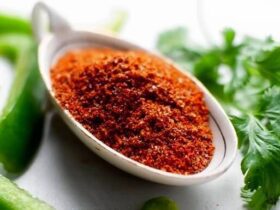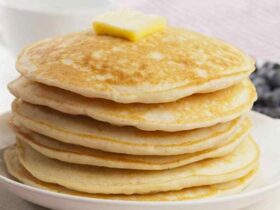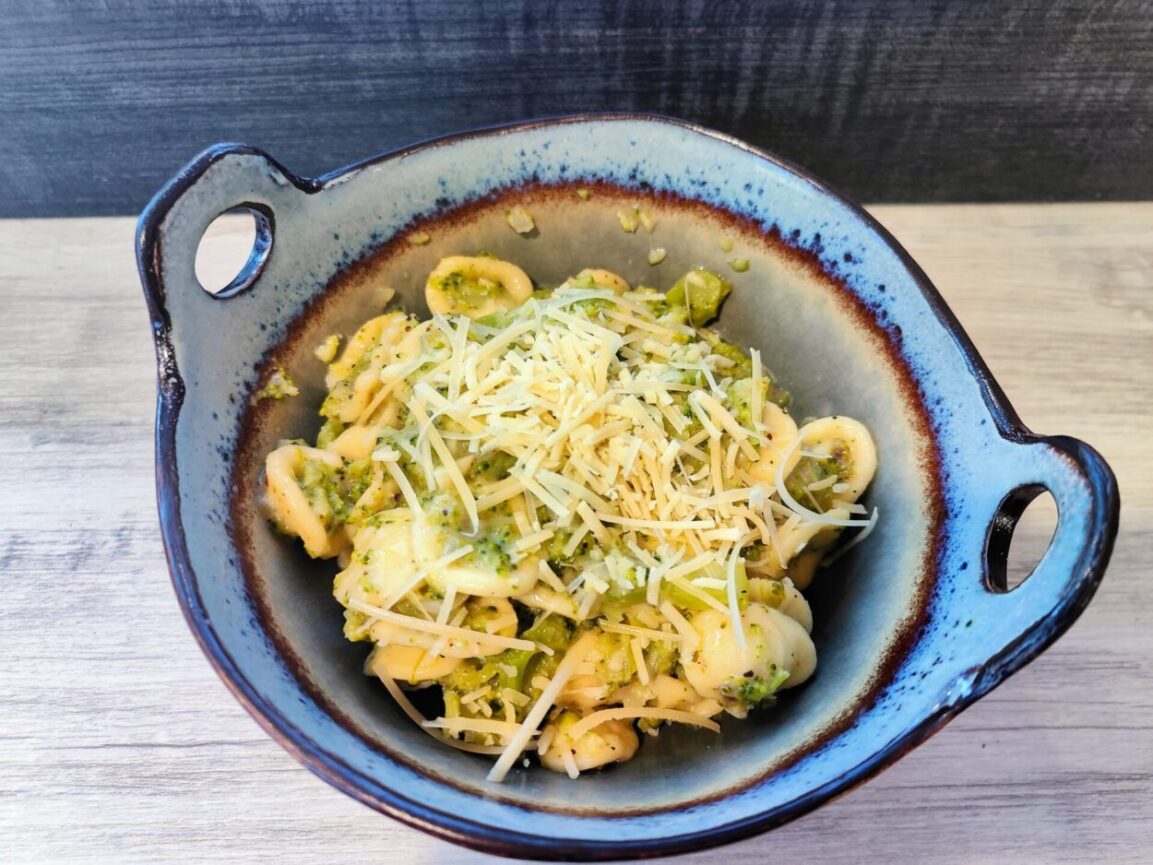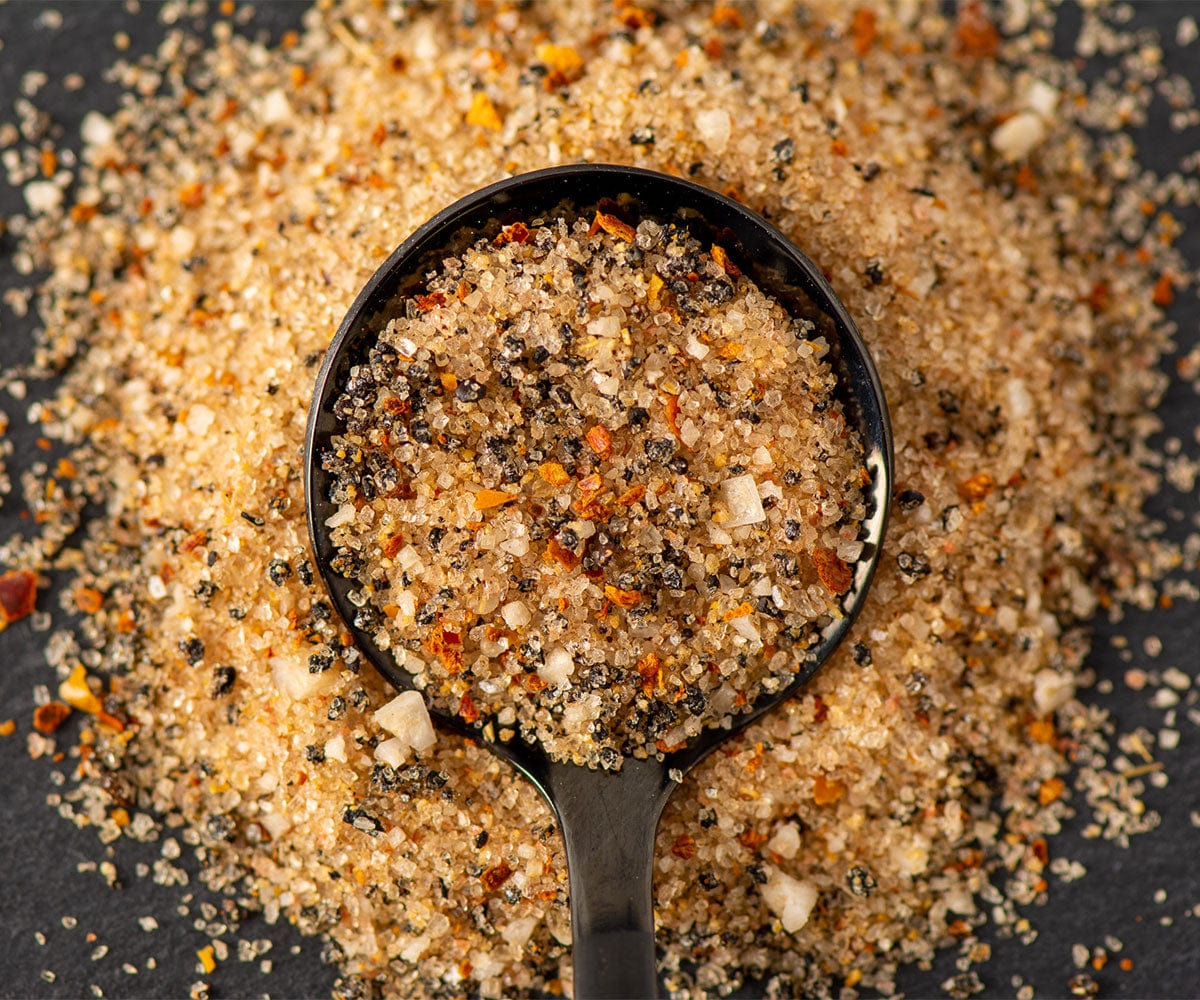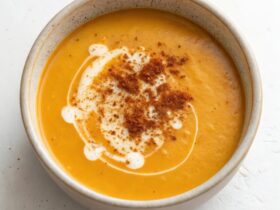Broccoli Pasta
In the world of culinary delights, pasta dishes have always held a special place. They are versatile, delicious, and can be tailored to suit a variety of dietary preferences. One such variant that has been gaining popularity for its health benefits and delectable taste is Broccoli Pasta. This article will take you through the journey of this delightful dish, its nutritional benefits, and a simple recipe to prepare it at home.
The Charm of Broccoli Pasta
Broccoli Pasta is a dish that beautifully marries the richness of pasta with the health benefits of broccoli. It’s a meal that’s hearty, nutritious, and incredibly satisfying. The pasta provides a comforting, familiar base, while the broccoli adds a burst of freshness and a host of health benefits.

Nutritional Benefits
Broccoli is a powerhouse of nutrients. It’s rich in fiber, vitamin C, vitamin K, iron, and potassium. It also packs in more protein than most other vegetables. When combined with pasta, you get a balanced meal that’s high in carbohydrates, protein, and essential vitamins and minerals. Anyone searching for additional DASH Diet recipes, you have found one!
What is Orecchiette Pasta?
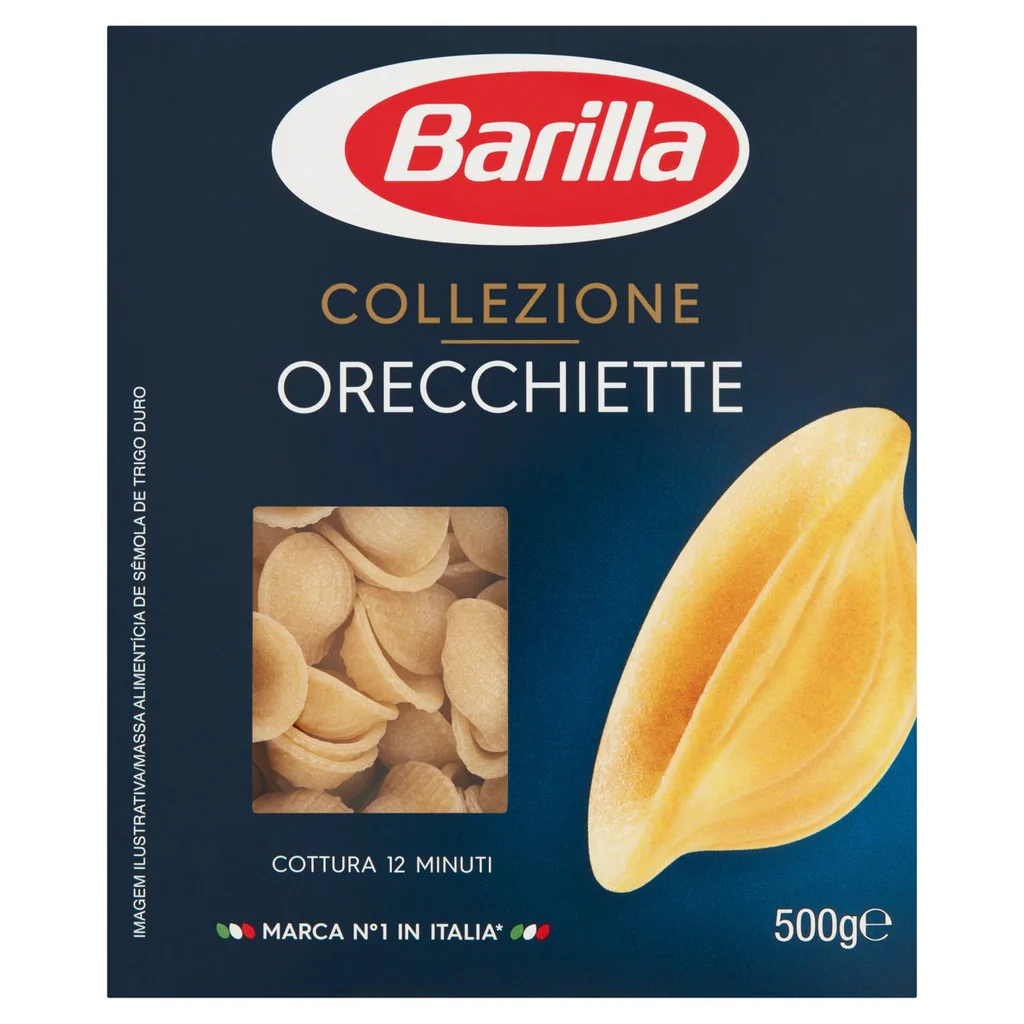
Orecchiette pasta is a type of pasta that is popular in Southern Italy, particularly in the Puglia region. The name “Orecchiette” comes from the Italian word “orecchia,” which means “ear,” and “etto,” which means “small.” Thus, Orecchiette translates to “little ears,” which is a fitting description for this pasta’s unique shape.
The Unique Shape
Orecchiette pasta is round, concave, and resembles a small ear in shape. The center of the pasta is thinner than the edges, giving it a variable texture when cooked. This unique shape makes Orecchiette excellent at holding onto chunky sauces and ingredients, making every bite a perfect mix of pasta and sauce.
Traditional Preparation
Traditionally, Orecchiette pasta is made from a dough of semolina flour and water. The dough is rolled into a long, thin rope, then cut into small pieces. Each piece is then pressed with a knife and dragged across a wooden board, creating the distinctive ‘ear’ shape.
Culinary Uses
Orecchiette pasta is incredibly versatile and can be used in a variety of dishes. It pairs well with a range of sauces, from rich meat ragus to lighter vegetable-based sauces. One of the most traditional dishes featuring Orecchiette is “Orecchiette alle cime di rapa,” a simple yet flavorful dish made with turnip tops and anchovies.
What is the DASH Diet?
The DASH diet is a lifelong approach to healthy eating that’s designed to help treat or prevent high blood pressure (hypertension). The DASH diet encourages you to reduce the sodium in your diet and eat a variety of foods rich in nutrients that help lower blood pressure, such as potassium, calcium, and magnesium.
Benefits of the DASH Diet
The DASH diet offers numerous health benefits, which include:
- Lowering Blood Pressure: The primary goal of the DASH diet is to lower your blood pressure, and it is often recommended for those with hypertension.
- Weight Loss: The DASH diet can also aid in weight loss because it encourages eating whole foods, which are naturally lower in unhealthy fats and sugars.
- Heart Health: The DASH diet is low in saturated and trans fats, which can contribute to heart disease. By reducing these fats, the DASH diet can improve heart health.
- Reduced Cancer Risk: The DASH diet is high in antioxidants from fruits and vegetables, which can help prevent certain types of cancer.
Implementing the DASH Diet
Implementing the DASH diet involves making gradual dietary changes. Here are some steps to get started:
- Increase Fruit and Vegetable Intake: Aim for 4 to 5 servings each of fruits and vegetables per day.
- Choose Whole Grains: Opt for whole grains over refined grains. Whole grains are richer in nutrients and fiber.
- Limit Sodium: Aim to limit your sodium intake to 2,300 mg per day or less.
- Choose Lean Proteins: Opt for lean meats, fish, and poultry. Plant-based proteins, such as beans and lentils, are also excellent choices.
- Incorporate Dairy: Include 2 to 3 servings of low-fat or non-fat dairy in your diet each day.
- Limit Sweets: Try to limit sweets and added sugars, opting for fruit or other nutrient-dense foods for dessert.
The DASH (Dietary Approaches to Stop Hypertension) diet is renowned for its simplicity and effectiveness in promoting healthy eating habits. Today, we’re going to delve into a delightful recipe that aligns perfectly with this diet – a Broccoli Pasta dish that’s not only delicious but also packed with nutrients.
Ingredients
Our recipe calls for the following ingredients:
- 1 whole head of broccoli
- 3 tablespoon of butter
- 4 cloves of garlic
- 1 Shallot (Optional)
- 2 cups of Orecchiette pasta
- 1 cup Freshly grated Parmesan cheese
- 2 TBSP garlic powder
- 1 TBSP sage
- 1/8 cup Almond Milk (unsweetened)
- 1 TBSP pepper
These ingredients are not just flavorful but also carry significant health benefits. For instance, broccoli is a powerhouse of vitamins and minerals.
Making the Broccoli Pasta
The preparation process is straightforward and can be broken down into the following steps:
- Preparation of Broccoli: Start by cutting the broccoli into small florets. This not only makes the broccoli easier to cook but also enhances its flavor when combined with other ingredients.
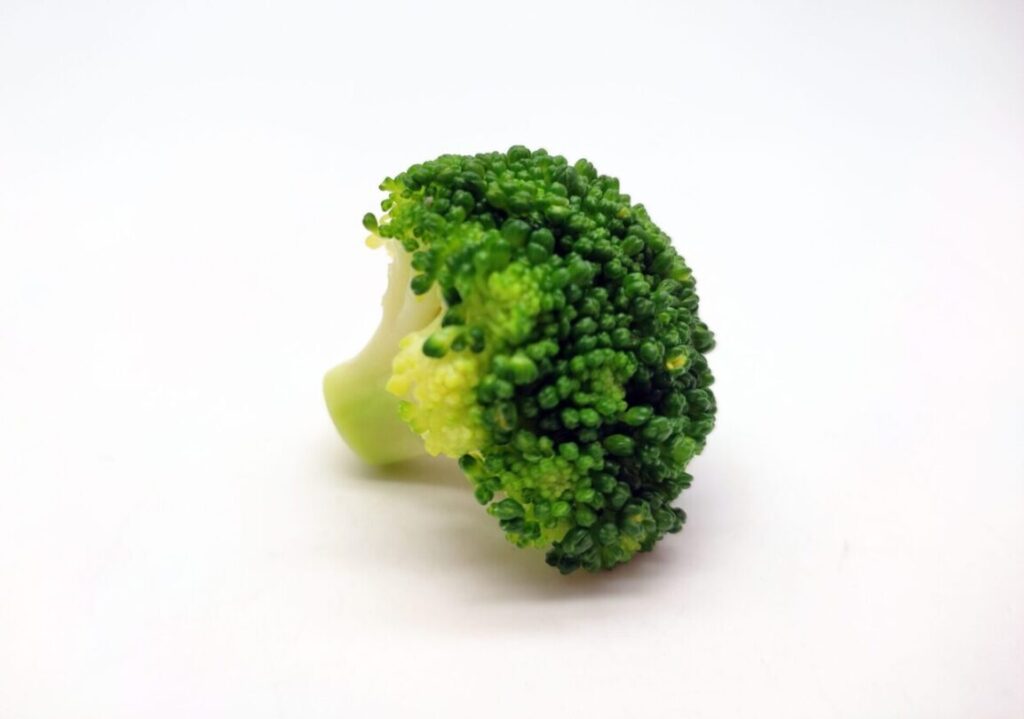

- Boiling: Boil the broccoli florets with a pinch of salt and vegetable broth. This step infuses the broccoli with a savory flavor and softens it for the subsequent steps.
- Preparation of Garlic and Shallots: While the broccoli is boiling, cut up the shallots and mince the garlic. These ingredients will add a burst of flavor to our dish.
- Cooking the Broccoli: Once the broccoli is soft, transfer it to a bowl. This step is crucial as it prevents the broccoli from overcooking and losing its nutritional value.
- Cooking the Pasta: In the same water used for boiling the broccoli, cook the Orecchiette pasta until it’s done. This step allows the pasta to absorb the flavors from the broccoli, enhancing the overall taste of the dish.
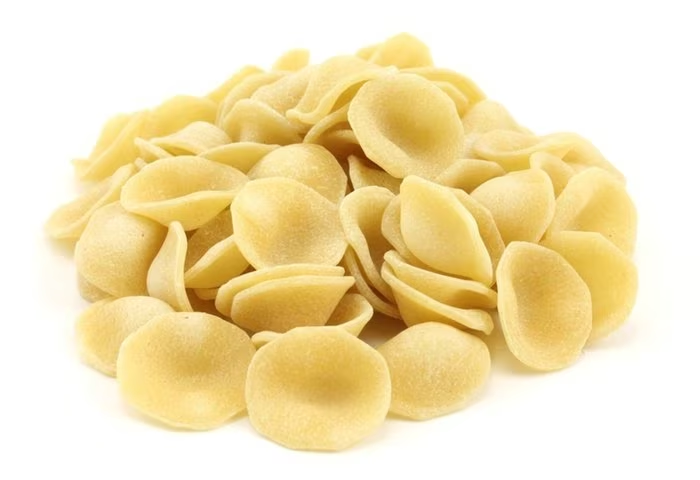
- Making the Sauce: Add the cooked broccoli to the pan and mash it with a few splashes of pasta water. This creates a sauce-like consistency. Add butter, pepper, garlic powder, sage and let it all come together. The butter adds a creamy texture and rich flavor to the sauce. Add in the almond milk and let it all simmer and thicken up. Once its thick enough drop a little parmesan and stir before serving.
- Serving: Finally, serve the dish with a generous amount of freshly grated Parmesan cheese. The cheese adds a wonderful depth of flavor and a delightful creaminess to the dish.
This Broccoli Pasta recipe is a testament to the fact that healthy eating doesn’t have to be boring or complicated. It’s a simple, delicious, and nutritious dish that aligns perfectly with the principles of the DASH diet. So, the next time you’re looking for a healthy and satisfying meal, give this recipe a try! Bon Appétit!
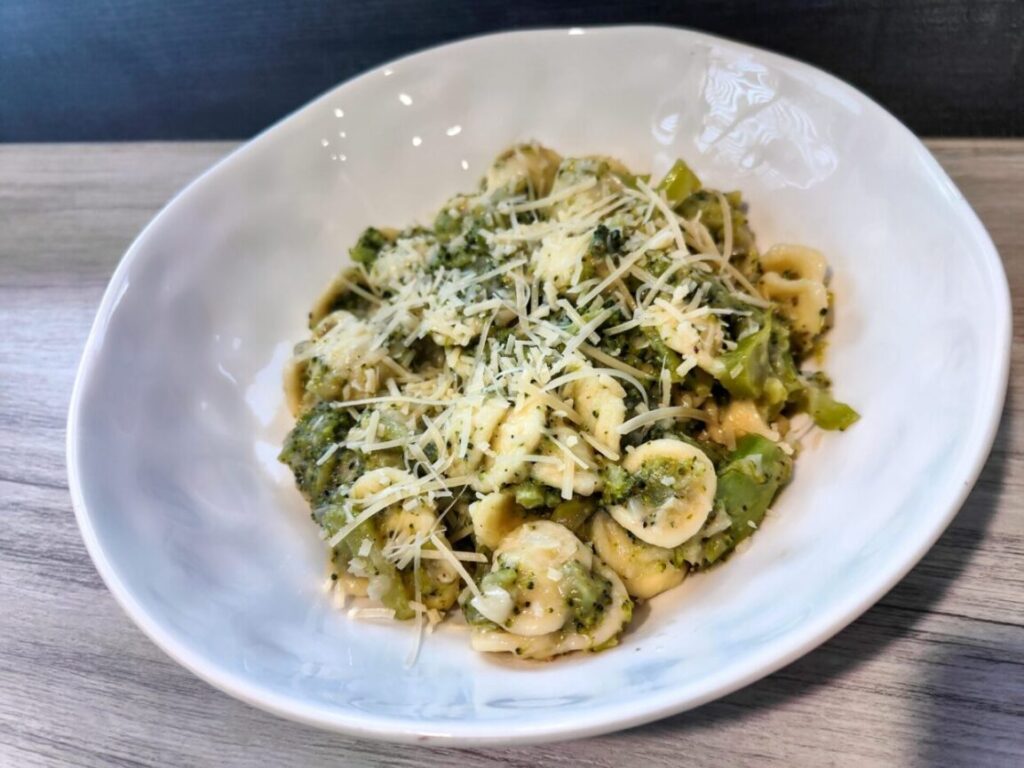

More DASH Diet Recipes: HERE
Mediterreanean Dishes can be found HERE
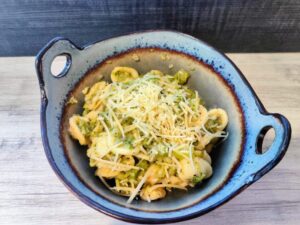

Broccoli Pasta: A DASH Diet Recipe
Ingredients
- 1 whole head of broccoli
- 3 tbsp butter
- 4 cloves garlic
- 1 Shallot Optional
- 2 cups Orecchiette pasta
- 1 cup Freshly grated Parmesan cheese
- 2 TBSP garlic powder
- 1 TBSP sage
- 1/8 cup Almond Milk unsweetened
- 1 TBSP pepper
Instructions
Preparation of Broccoli:
- Start by cutting the broccoli into small florets. This not only makes the broccoli easier to cook but also enhances its flavor when combined with other ingredients.
Boiling:
- Boil the broccoli florets with a pinch of salt and vegetable broth. This step infuses the broccoli with a savory flavor and softens it for the subsequent steps.
Preparation of Garlic and Shallots:
- While the broccoli is boiling, cut up the shallots and mince the garlic. These ingredients will add a burst of flavor to our dish.
Cooking the Broccoli:
- Once the broccoli is soft, transfer it to a bowl. This step is crucial as it prevents the broccoli from overcooking and losing its nutritional value.
Cooking the Pasta:
- In the same water used for boiling the broccoli, cook the Orecchiette pasta until it’s done. This step allows the pasta to absorb the flavors from the broccoli, enhancing the overall taste of the dish.
Making the Sauce:
- Add the cooked broccoli to the pan and mash it with a few splashes of pasta water. This creates a sauce-like consistency. Add butter, pepper, garlic powder, sage and let it all come together. The butter adds a creamy texture and rich flavor to the sauce. Add in the almond milk and let it all simmer and thicken up. Once its thick enough drop a little parmesan and stir before serving.
Serving:
- Finally, serve the dish with a generous amount of freshly grated Parmesan cheese. The cheese adds a wonderful depth of flavor and a delightful creaminess to the dish.



